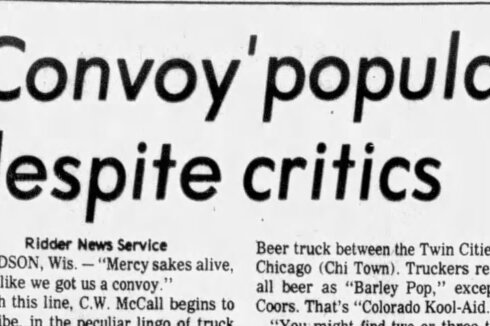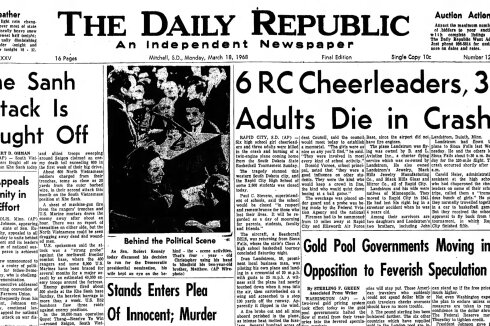Just by looking at the photos, it’s easy to see why the arrest and trial of Winnie Ruth Judd captivated the nation in the early 1930s.
It felt like a scene from a film noir: a stunningly beautiful suspect, her gaze detached, facing accusations of murdering her two best friends, stuffing their bodies into trunks, and shipping them to Los Angeles.
ADVERTISEMENT
Judd’s story is steeped in scandal, adultery and tragedy. An unlikely ending for one of the victims, Hegvig Samuelson, a farm girl from White Earth, North Dakota, caught up in the intrigue.
Much has been written about Judd, dubbed the “Tiger Woman” or “The Trunk Murderess,” but this story starts with Samuelson and how her quiet life became anything but.
A long way from North Dakota
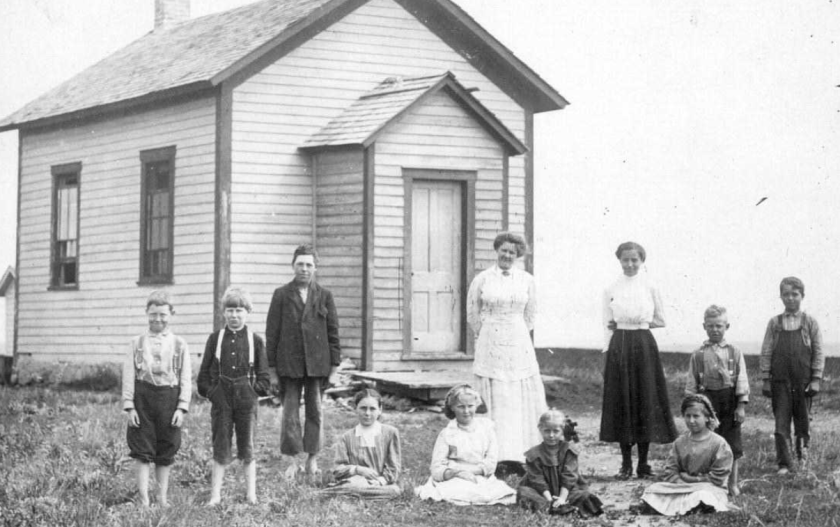
Hedvig Samuelson was born to Norwegian immigrant parents in Milwaukee in 1903.
By 1910, the family had moved to Mountrail County in northwestern North Dakota, where her father Anders farmed and her mother Abel cared for Hedvig and her older siblings Anna and Samuel. Two years later, her younger brother Arnold was born.
Samuelson graduated from White Earth High School in 1922 and set off for Minot State Teachers College. After graduating in 1925, she took a job teaching in Whitehall, Montana. Seemingly looking for more adventure, she took a teaching job 2,000 miles away in Juneau, Alaska.
During her time there, she became very ill with tuberculosis. Doctors suggested she move to a warm, dry climate to help her recover.
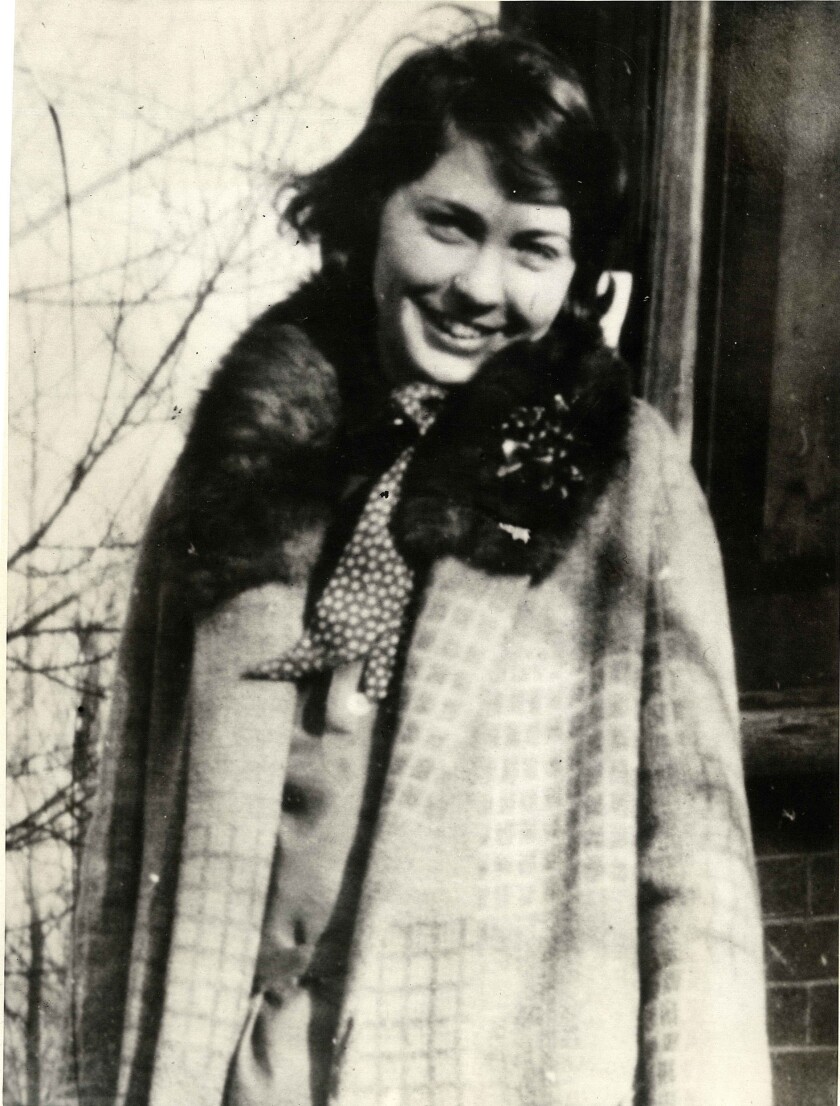
Samuelson, 25, soon found a home in Phoenix. While getting treatment for her illness, she met 27-year-old Agnes Anne LeRoi, described in one newspaper report as “a striking brunette divorcee” X-ray technician. The same reports said the women became “devoted companions” who moved into a cottage near the hospital together.
ADVERTISEMENT
Samuelson wrote to her parents in August 1930 that she was happy to be out of the TB rest home and in a house with LeRoi.
“My bedroom is going to be lovely because it faces the east, which will give me the morning sunshine. Don’t feel badly about my having to stay in bed. Why, I have it better than most people who are up. I have a nice home to live in, even a telephone by my bed. My doctor thinks he will let me get up at Christmas.”
Meeting Winnie
Winnie Ruth Judd, 26, met the two women while working as a medical secretary at the clinic. Married at a young age to Dr. William Judd, Winnie was described as “a gay but erratic charmer with a peaches-and-cream complexion and blue eyes.”
According to Samuelson’s letter home to her parents in North Dakota, Judd moved into the women’s cottage while her husband was out of town filling in for another doctor in Bisbee, Arizona.
However, the three women proved to be a combustible combination.
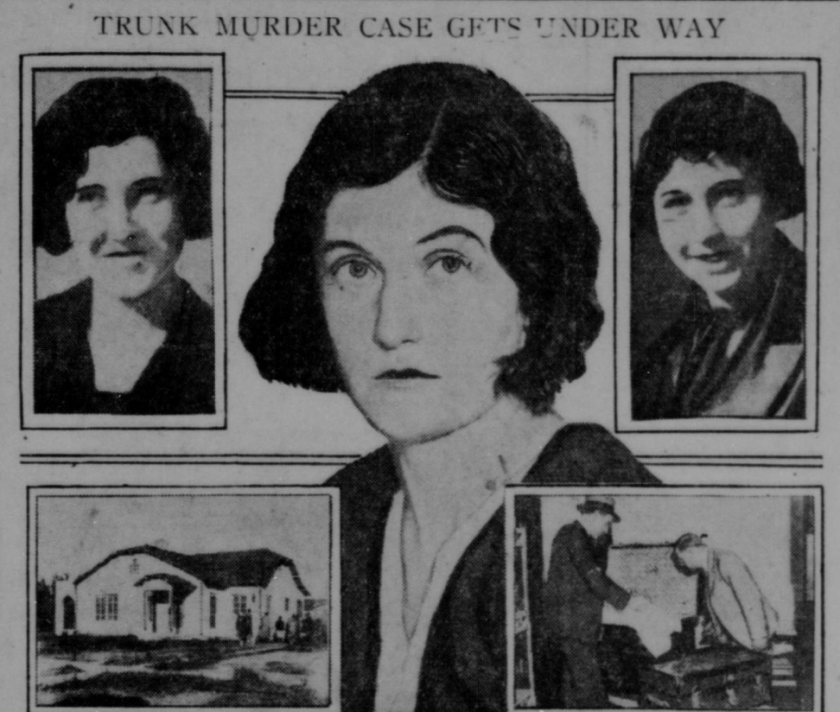
The scores of newspaper stories written about the case speculate about the source of the tension between the roommates. Some suggested that the three women were “party girls” competing for the affection of a “wealthy lumberman” and “country club playboy” named Jack Halloran.
Others suggest that it was solely Judd who was having an affair with Halloran and that LeRoi and Samuelson were threatening to tell Winnie’s husband and that Winnie disapproved of her roommates’ lifestyle, calling them “perverted” and “abnormal.”
ADVERTISEMENT
In a letter dated Oct. 2 — the last her parents would ever receive — Samuelson wrote about the tension with Judd just two weeks before her murder.
“Ruth Judd, the girl that was staying with us moved, so we (Samuelson and LeRoi) are alone again and we like it so much better. Three never get along well.”
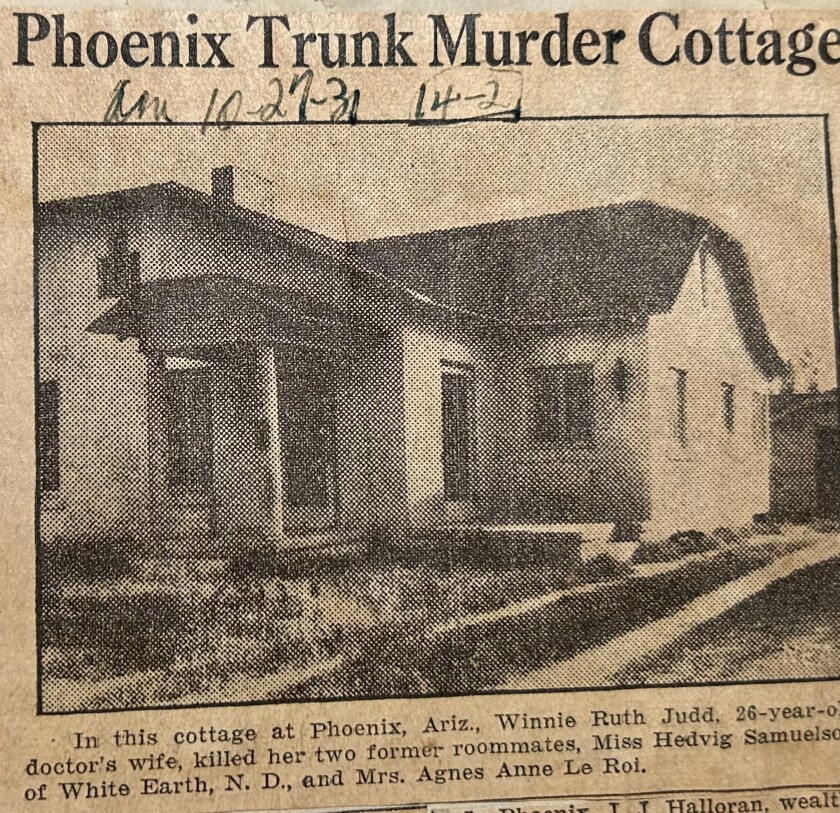
A tragic night
On Friday night Oct. 16, 1931, a neighbor of LeRoi and Samuelson recalled hearing three gunshots, but nothing else. They later said they didn’t recall seeing the women that weekend.
A few days later, their bodies would be found at a railroad station in Los Angeles.
On Oct. 19, an express messenger told baggageman Arthur Henderson he had brought two trunks from Phoenix “in bad condition- blood is leaking out and they smell bad.”
Henderson ordered the bags not to be released.
ADVERTISEMENT
Later, according to newspaper reports, when “an attractive red-haired woman and a blond young man” claimed them, Henderson ordered them to open the trunks. The woman said she’d have to call her husband to get the keys.
When they didn’t return for four hours, Henderson called the police, who broke into the trunks to discover LeRoi’s body and the grisly dismembered remains of Samuelson.
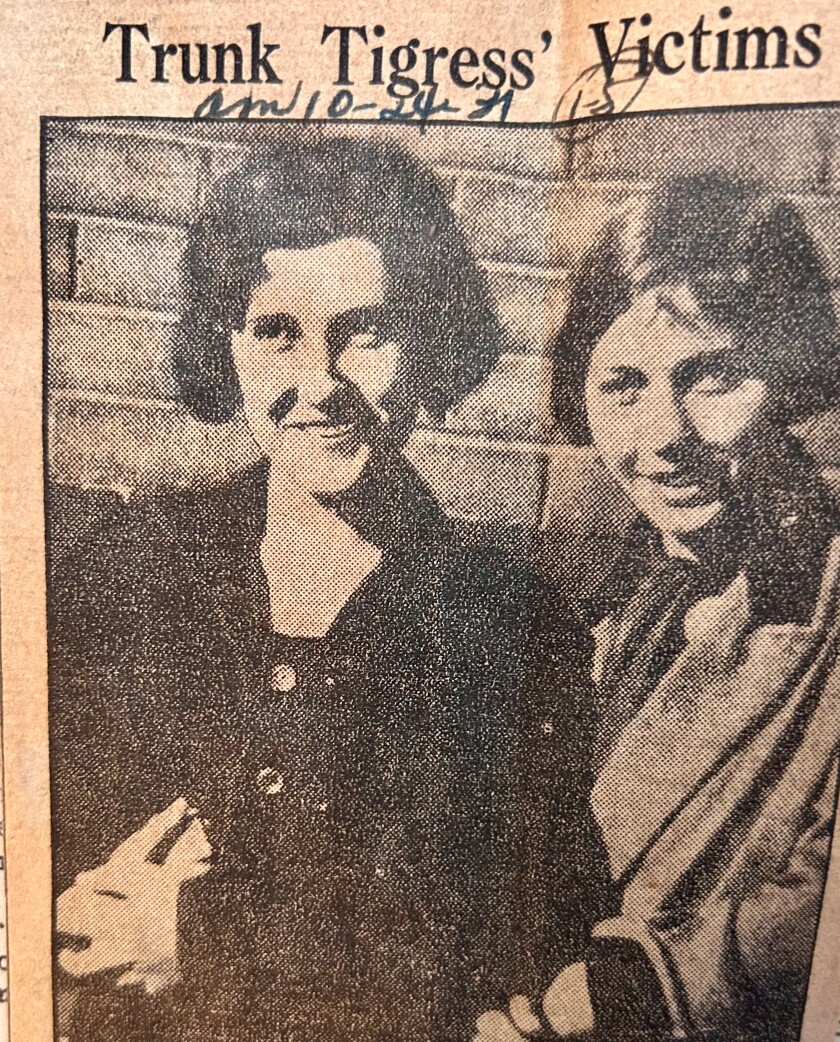
The women were eventually identified and the search was on for the redhead, Judd, and the blond man, who was later identified as her brother.
Back in Arizona, authorities searched LeRoi and Samuelson’s cottage. They found an “immaculate” kitchen with “several dishes which apparently had been prepared just moments before the women met their deaths.”
They also discovered a partially completed letter in Samuelson’s typewriter — its contents now hauntingly eerie in light of what would later unfold.
“Dear Amy,
I have just 15 minutes of leisure before the Sherlock Holmes radio play. We have all the doors locked and windows barred in anticipation of an exciting time. Then we shall douse all the lights and get deliciously frightened. Isn’t it silly? Two grown women with the mentality of children. When it is all over we are both too frightened to even go to bed, usually.”
ADVERTISEMENT
That was where the letter ended.
Their doors might have been locked, but they let Judd in that night. An argument — the details of which are still not clear — started and turned deadly.
Judd states her case
After her arrest, Judd told police she went to the women’s home to talk to Samuelson about some nasty things Samuelson said about LeRoi. Then things got out of hand.
She said Samuelson got a hold of a gun and shot her in the left hand.
“I struggled with her and the gun fell. Mrs. LeRoi grabbed an ironing board and started to strike me over the head with it. In the struggle I got hold of the gun and Sammie (Samuelson) got shot.”
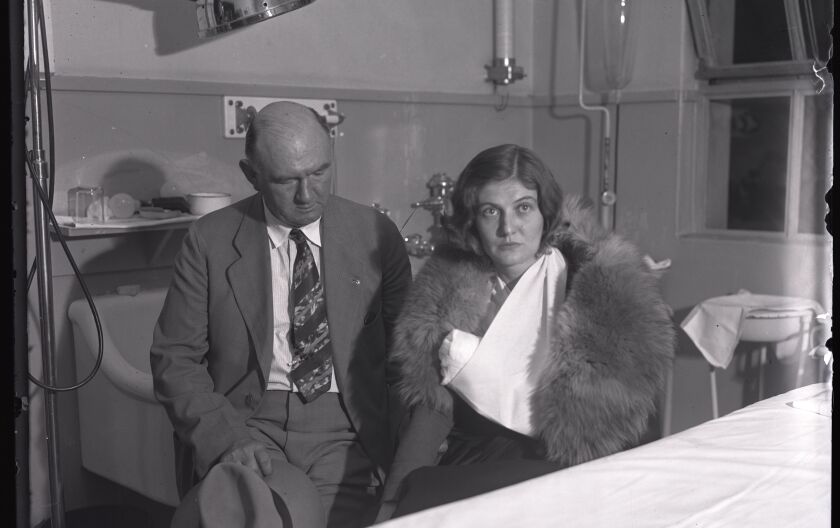
She said LeRoi continued to come after her, so she shot her, too.
She said she was devastated that her two friends were dead, but she shot them in self-defense.
ADVERTISEMENT
However, at her trial, the prosecution presented a coroner’s report that stated it appeared the two women had been shot in their sleep, both in the temple and Samuelson again in her chest.
Judd claimed that Halloran helped her dispose of the bodies in the trunks and their plan was to send the bags to California, where her brother would throw them in the ocean. Halloran was indicted on accessory to murder charges, but not convicted.
Judd, however, was found guilty and sentenced to death. To avoid the death penalty, her attorney convinced her to plead insanity so she could serve her sentence in a mental hospital. She reluctantly agreed, hoping that Halloran, with his connections, could get her out.
He didn’t.
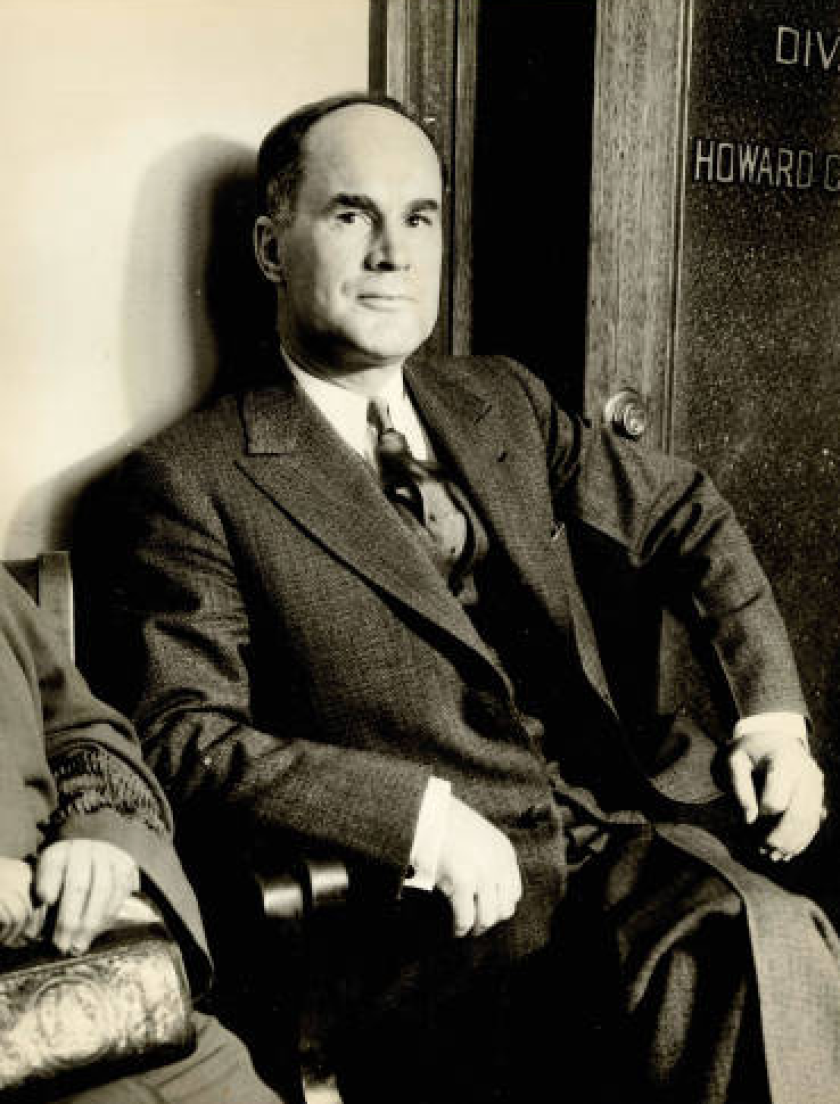
Once at the asylum, newspapers reported she “quickly charmed her way into the hearts of patients and employees.” She even set up a beauty shop where she could “wave and dress” everyone’s hair.
She must have tired of the tresses as six years later, she began her decades-long quest to escape.
In 1939, she broke out twice, once for six days and later for 12 days. She was eventually found and returned to the asylum. She would escape six more times over the next 23 years. Her final escape was in 1962, when she tasted freedom for seven years. She was found working as a domestic servant named Marian Lane.
She returned to serve out her sentence.
She was granted parole in November of 1971 and moved to California, where she promised to live a quiet life.
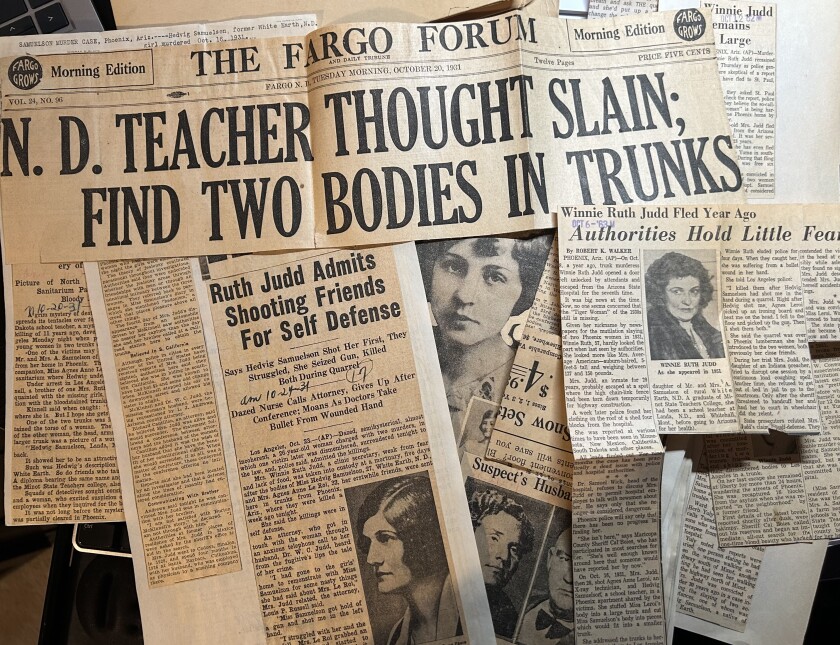
North Dakota native tells Judd’s story
Jana Bommersbach, a native of Gwinner, North Dakota, became fascinated with Winnie Ruth Judd’s story when she became a writer for the Arizona Republic in 1972.
Bommersbach died last summer, but in a 1993 interview, she told The Forum, “Winnie Ruth Judd is one of those legends that won’t go away.”
After publishing a story in the newspaper seeking to find out whatever happened to the infamous Winnie Ruth Judd, she received over 75 phone calls from individuals claiming to know the truth about the case. She interviewed 50 of them, turning the story into a two-part news series that ultimately became the book “The Trunk Murderess: Winnie Ruth Judd.”
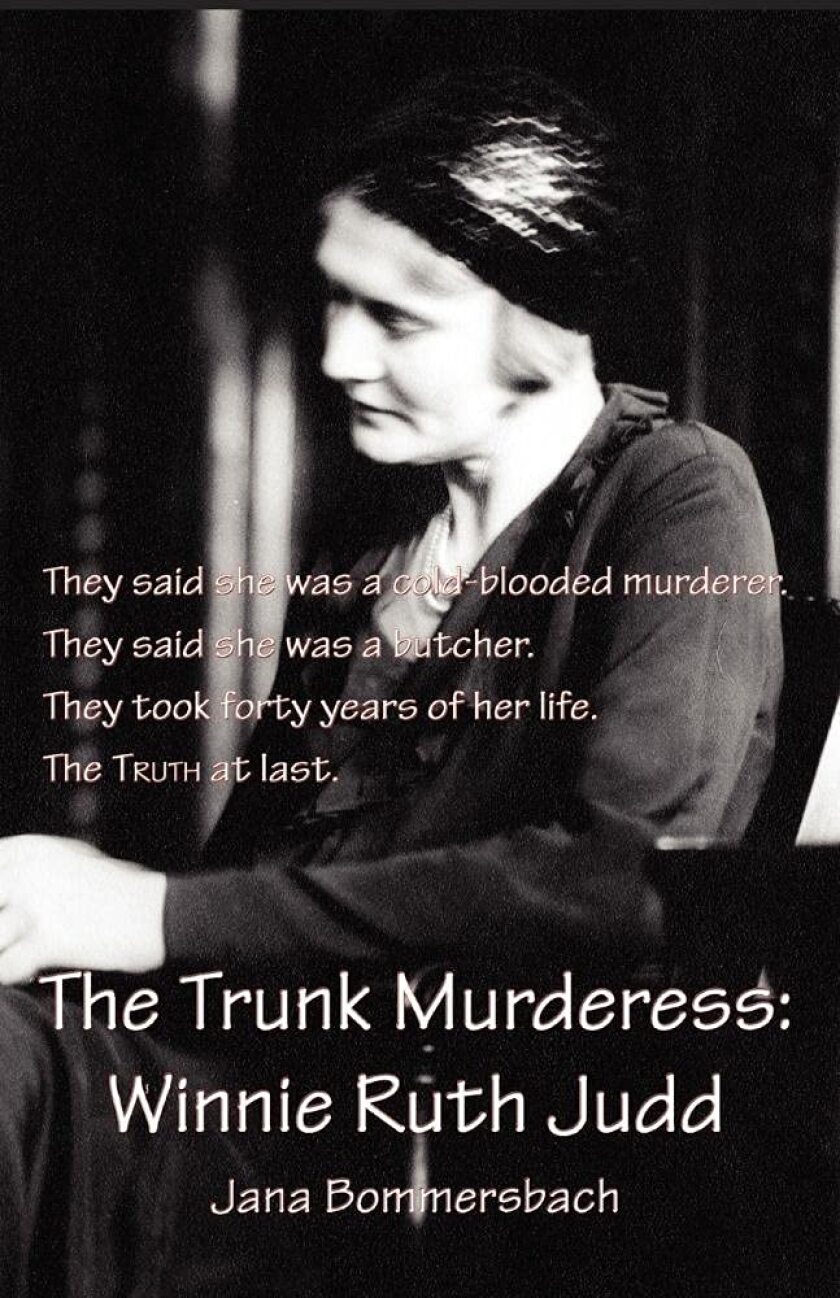
After three years of trying to get Judd to talk, Bommersbach was finally granted a sit-down interview with the now elderly convicted murderer, who looked more like a sweet bingo-playing grandma.
Bommersbach called it “the most interesting experience in my career, but also the most frustrating.”
“The interview was all over the map. As a journalist, you try to steer the interview and pin people down. But it was clear that if I did much steering, she wouldn’t talk at all,” Bommersbach said.
Although Judd did not divulge as much as Bommersbach would have liked, the newspaper series and book were highly acclaimed, and the author walked away with a definitive opinion about a very complex case.
Among Bommersbach’s conclusions were that Judd acted in self-defense and was railroaded by Halloran and other members of Phoenix society.
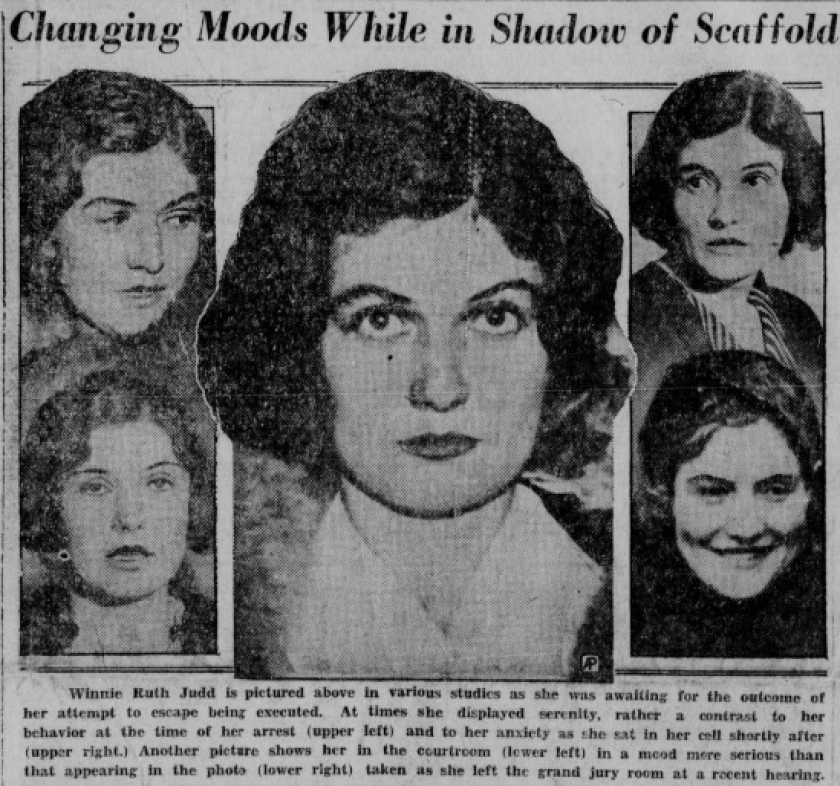
She believed Judd’s claim that Halloran was involved with all three women — Judd, LeRoi and Samuelson — and that he even bragged to several credible people that Judd took the rap for him, showing up at the mental hospital where she lived to taunt her.
Bommersbach also said there is no way Judd, who weighed 103 pounds, could have cut up her friends, stuffed them in trunks, and then taken the trunks to the railroad station. She had to have had help.
Bommersbach wasn’t able to get a second interview. Judd died in 1998, taking to her grave what happened the night of Oct. 16, 1931.
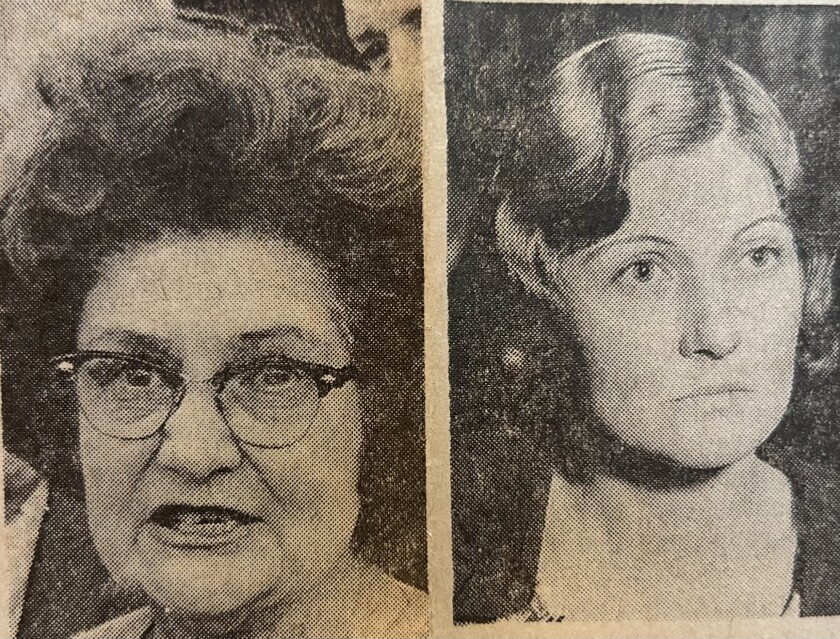
“After I got to know her, I realized she still feels guilty — about the fact that she killed her two best friends, even if it was in self-defense, about having an illicit affair, about being thought crazy. She has spent as much time as possible looking forward and not looking back. She’s no longer interested in being exonerated, only in being left alone,” Bommersbach said. “I know she had found some peace at the end. I only hope I helped.”
As for one of her victims, “the demure” schoolteacher with the shy smile, North Dakota’s Hedvig Samuelson was buried on Nov. 7, 1931, in Minneapolis.
You can find Bommersbach's book "The Trunk Murderess: Winnie Ruth Judd" in bookstores and on Amazon. Additionally, New York Times Bestselling Author Laurie Notario published "The Murderess: A Novel" in October 2024 and dedicated it to Sunny Worel, a relative of Samuelson who has done extensive research on Hedvig and also provided some photos for this story.




